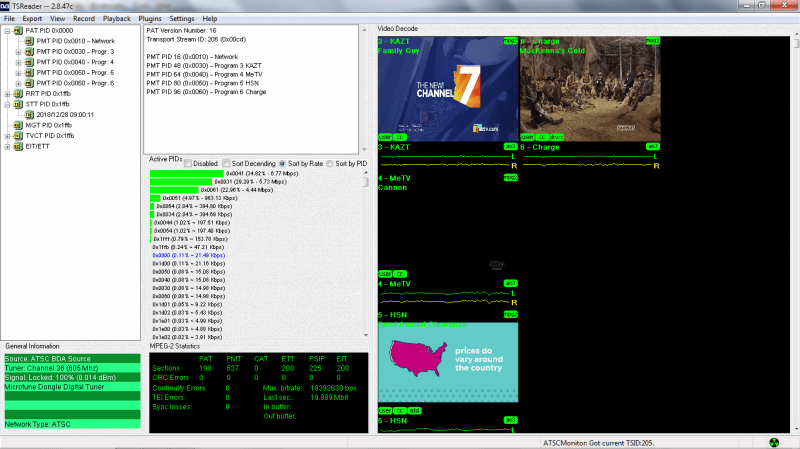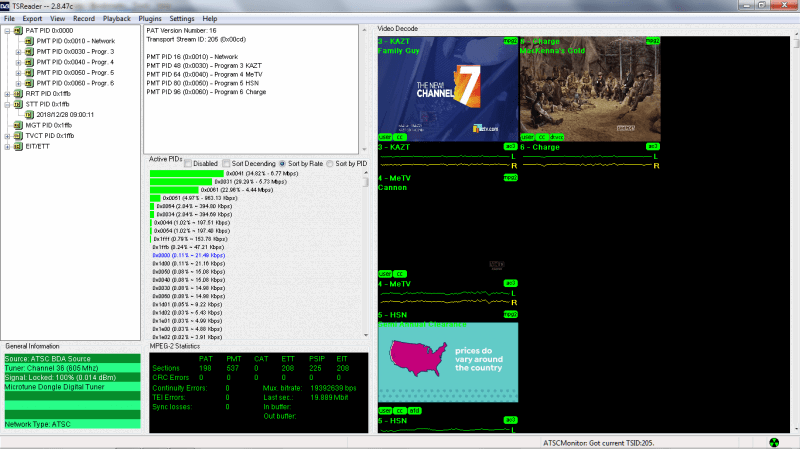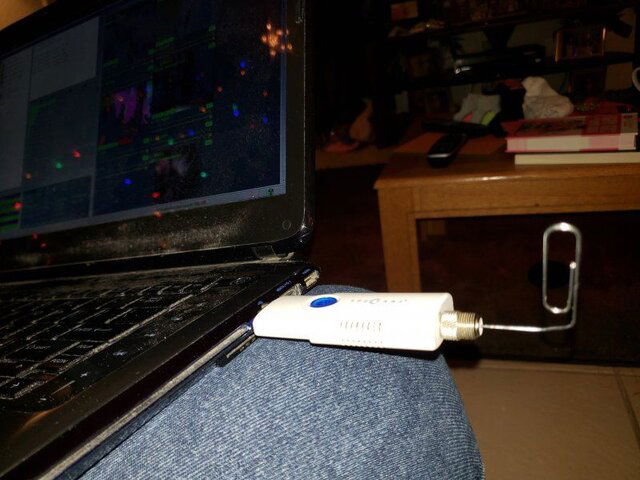You say that as if UHF wasn't any wider than the VHF bands. My ABC affiliate (KATU) is moving from RF43 (647MHz) to RF24 (533MHz) that is a jump larger than three times the breadth of the VHF-Low band. To be certain, the higher the frequency, the broader the antenna coverage, but here the difference in wavelength is 3.9 inches.
I'm afraid that I fail to see your point, or the relevance of the UHF TV band (old: 228 MHz [includes ch. 37], new: 138 MHz) being wider than the VHF TV band (lo: 34 MHz [includes the 4 MHz between chs. 4 and 5], hi: 42 MHz). It doesn't change the fact that no primary-rights (i.e., full power and Class A) TV station was forced to change bands; all band changes were voluntary and compensated.
The outlying areas of Oregon are laced with translators. KATU has 16 of them (all below channel 37). The CBS affiliate (KOIN) has 14 translators with one at RF47. The NBC affiliate (KGW) offers 16 translators (all below channel 37). The Fox affiliate (KPTV) weighs in at 9 translators (all below RF37) and the PBS network is made up of 20 translators (all below RF37).
Perhaps not obviously, the state is divided into three long territories by the Coast Range and the Cascade Range, but I can't help but think there's going to need to be some care taken to avoid translators getting beat on by main feeds in the Willamette Valley if Next-Gen really "gets out" as well as some claim.
Again, all operational secondary-rights (i.e., LPTV and translator) TV stations were given a window in April and May to request their displacement channel reassignment. Nationwide, there were only 90 instances of mutually exclusive requests for displacement channels, five of which involved Oregon stations, and only one of which was in the crowded Portland metro area, involving two stations both requesting ch 23. But even in the Portland metro, there are still enough channels available so that every UHF secondary-rights station can still end up with a new UHF channel. In fact, KGWZ-LD is staying with ch 23, and KEVE-LD is now requesting ch 31, so that one is already resolved as of 11/29/18. There is no reason to believe that the Willamette Valley will be a problem.







